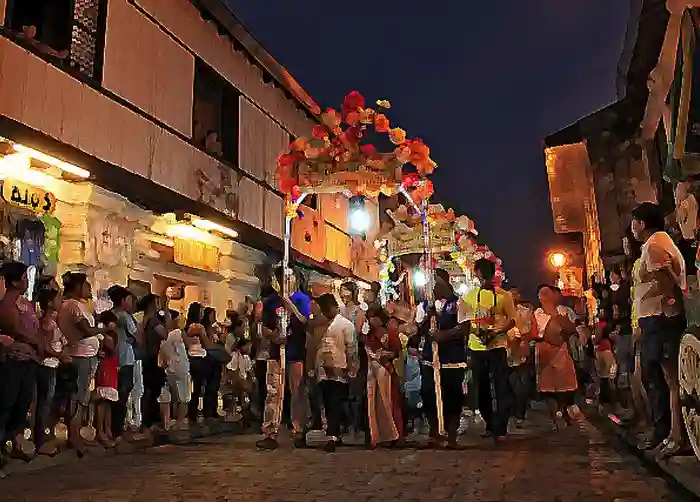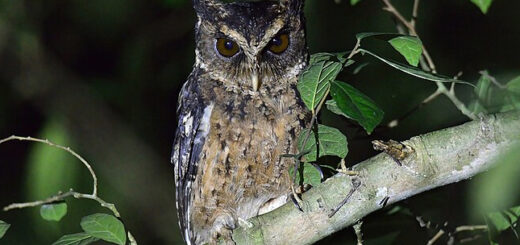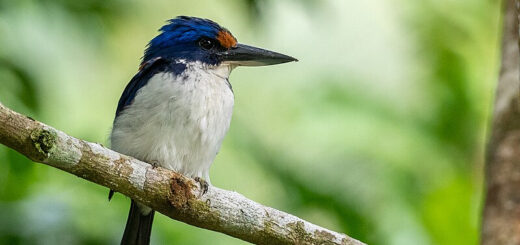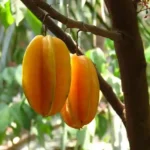Flores de Mayo – A Blooming Testament of Faith and Culture

Every May, as the dry season wanes and the first hints of rain kiss the Philippine soil, a country of more than 7,000 islands comes alive with color, devotion, and celebration. This is the time of Flores de Mayo—literally “Flowers of May”—one of the most beautiful and deeply spiritual festivals in the Philippines.
What is Flores de Mayo?
Flores de Mayo is a month-long Catholic celebration in honor of the Virgin Mary. Rooted in Spanish colonial influence and infused with Filipino creativity and reverence, it is observed throughout the country with daily offerings of flowers, prayers, and community gatherings. The event often culminates in a grand procession known as the Santacruzan, a religious-historical parade that commemorates the finding of the True Cross by Queen Helena (Reyna Elena) and her son, Constantine the Great.
A Feast of Faith and Beauty
Throughout May, church altars and village chapels are decorated with fresh blooms, especially sampaguita, roses, and calachuchi. Children, often dressed in white and adorned with flower crowns, line up to offer flowers to the statue of the Virgin Mary. These daily rituals, accompanied by praying the rosary, singing Marian hymns, and sharing snacks or “merienda,” foster a sense of community and devotion.
In many towns, these simple gatherings grow into larger fiestas. Streets are festooned with banderitas (colorful flags), and houses are decorated in honor of their chosen “reyna” or queen for the Santacruzan.
The Santacruzan: Faith on Parade
The highlight of Flores de Mayo is the Santacruzan, held on the last day of the month. It is both a religious procession and a cultural pageant. Young women, chosen for their beauty and character, portray biblical and historical figures such as Reyna Fe (Queen Faith), Reyna Esperanza (Queen Hope), and Reyna Caridad (Queen Charity). The star of the show is Reyna Elena, who walks under a floral arch, holding a replica of the cross.
Often accompanied by marching bands and candle-bearing escorts, the procession moves slowly through town, drawing crowds of onlookers. It’s a blend of faith, fashion, and festivity that showcases the Filipino people’s deep devotion to Mary, their love for pageantry, and their sense of community pride.
A Living Tradition
Though rooted in Catholicism, Flores de Mayo is more than just a religious celebration. It’s a reflection of Filipino values—family, hospitality, artistry, and faith. It brings generations together, from children picking flowers in the morning to elders preparing food and decorating the church.
In recent years, even urban communities and overseas Filipino communities have continued this tradition, adapting it to their local context while preserving its core meaning.
Flores de Mayo: Unwavering Devotion That has Bloomed for Generations
Flores de Mayo is more than just a festival—it’s a tapestry of prayers, flowers, stories, and people. It’s a celebration of beauty, resilience, and unwavering devotion that has bloomed for generations and continues to inspire Filipinos around the world.
So if you ever find yourself in the Philippines in May, don’t miss the chance to witness Flores de Mayo. You’ll see more than just flowers—you’ll see the heart of a nation in full bloom.
Learn more about festivals in the philippines
References:
Wikipedia












